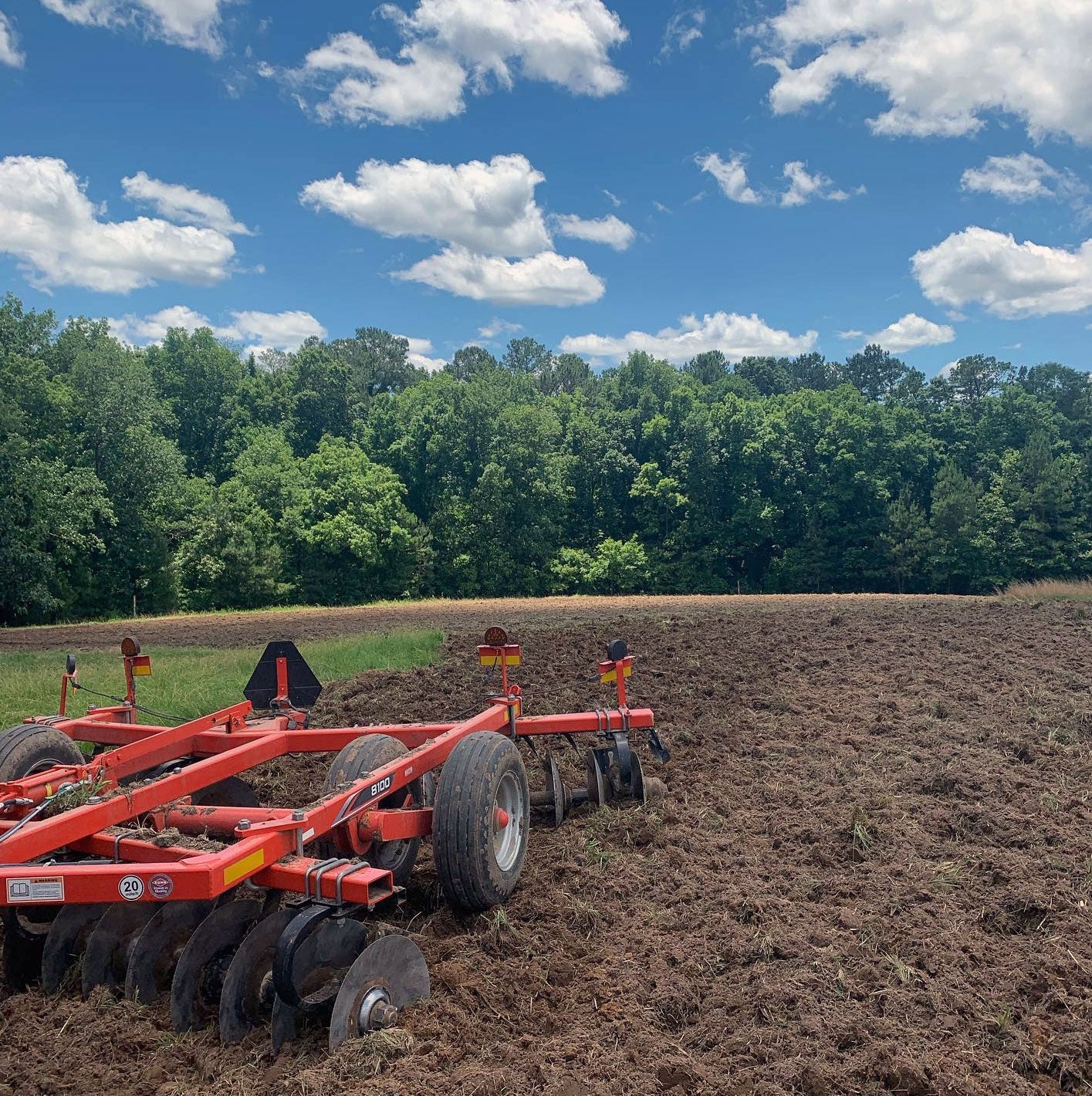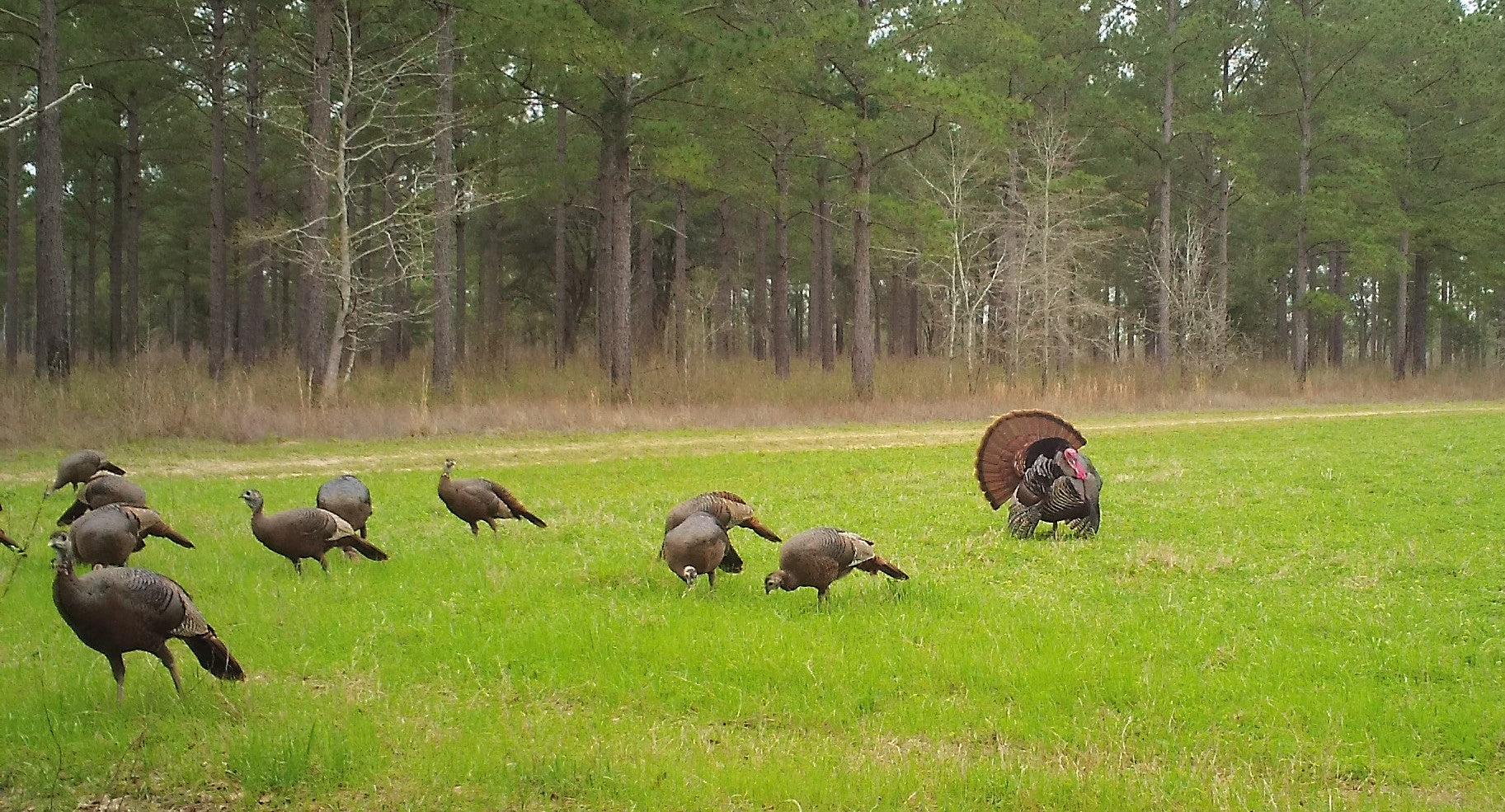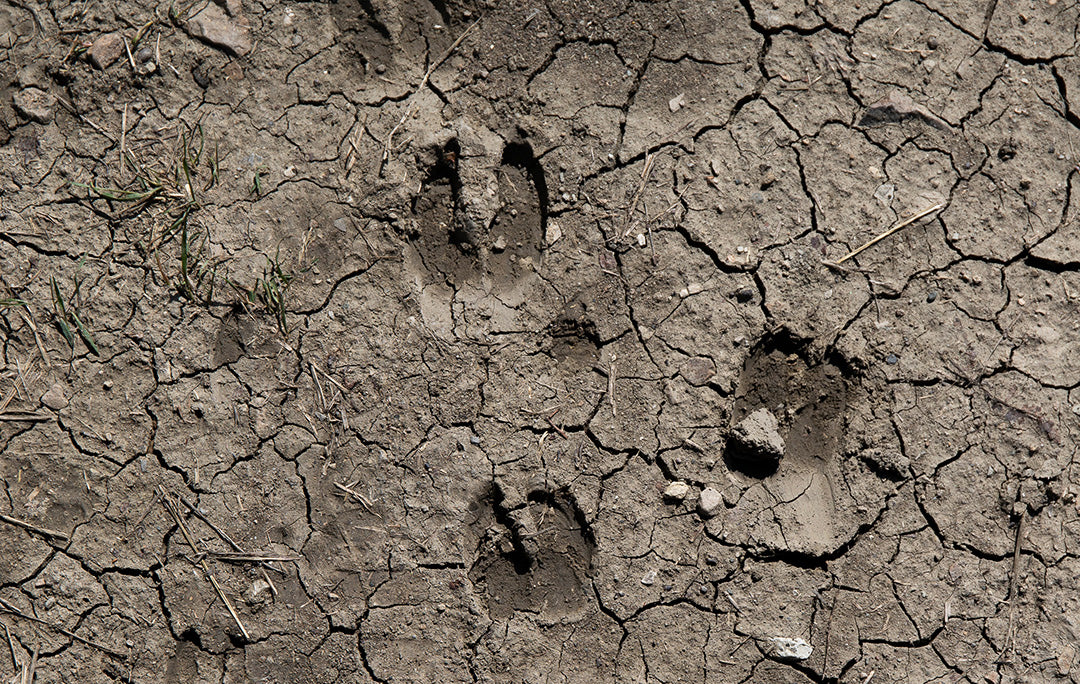Seed Bed Preparation is Key for a Good Food Plot
Typically, when I get a call from someone or visit a food plot location that hasn’t had the best results, there are a couple of things that come to mind first. Moisture, or lack thereof, is always something that we take a chance on every year, depending on when your ideal planting time is for your area of the country. Obviously, lack of rainfall can cause poor results or even a complete food plot failure in some cases. However, often, the preparation that goes into planting is the part of the process that gets overlooked the most. Creating a good seed bed that holds moisture and makes for good seed-to-soil contact is so important in getting complete germination throughout your plot.
Here are a few things that I try to keep in mind to create a good firm seed bed.
- Get rid of the existing grass and weeds. By getting rid of the existing vegetation, you will make the process of creating a good seed bed much easier. Many times in the past, due to time constraints, I have brush-hogged/mowed my existing food plots and then disked or tilled the ground on the same day. However, I prefer to spray my food plots with 41% glyphosate 2-3 weeks prior to breaking the ground. This ensures that you have a good kill on all the existing vegetation and makes the disking/tilling process much faster and easier on your equipment. Keep in mind that glyphosate only works if the plant is actively growing. So, if you mow first, be sure to give the vegetation a few days to a week to start growing again before you spray.
- If you are going to break ground, try to disk or till as lightly as possible. This is why getting rid of as much existing vegetation ahead of time is so important. The harder that you have to work to break up and expose the soil, the more moisture that you will pull out as well, making germination time longer right off the bat. Exposing the soil so that you get good seed-to-soil contact is crucial, but it can be a double-edged sword as well if not done properly.
- Firm and even the soil. A cultipacker is one of the most underused pieces of food plot equipment out there, in my opinion. After breaking the ground, I like to run a cultipacker over the plot to firm up the soil and even out the seed bed really well. This is especially important when planting seeds such as clover, chicory, alfalfa, and brassicas, like Monster Mix. The small seeds do not need to be planted deep, so firming up the soil is crucial so that all the seeds get planted at an even depth. Depending on the soil and type of seed, I will also run the cultipacker over the plot one last time after broadcasting the seed. By firming up the seed bed, you will also help the soil to retain as much moisture as possible. This could be a game changer during the hot, dry months of August and September.











Leave a comment